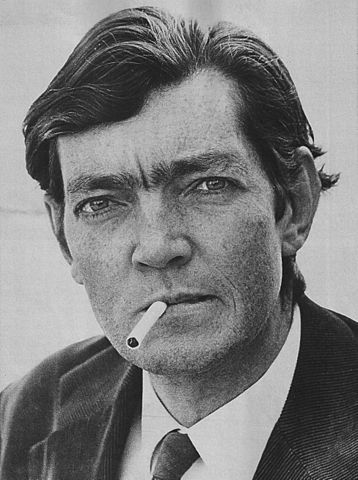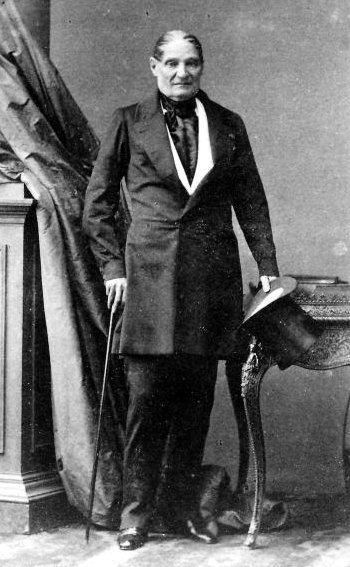musicaefantasia
Categoria: English
Vídeo | 2014/04/16
Only happy when it rains, with Garbage
Garbage is one the best bands of the 90’s. They play alternative rock. Their strongest points are direct lyrics, dirty guitars and impacting vocalization. All musicians are ugly, and the cute singer does her best to look like them.
Vídeo | 2014/02/23
Allegro non troppo, by Bruno Bozzetto
In the early years of the 20th century, two students cut the classes to to watch Allegro non troppo: one of us bloggers and a college colleague, very savvy, that knew it was a good movie. It was suprising and unforgettable: the movie was excellent, very creative. It was an afternoon session: mothers couldn’t take their eyes of the screen, while their children run between the cinema chairs…
Music pieces by Sibelius, Debussy and Stravinsky (among others) were so well associated to animations, that one could not believe the latter were created to be played along the former.




